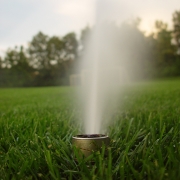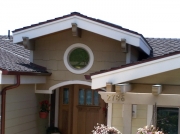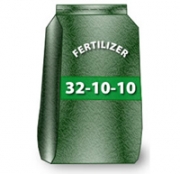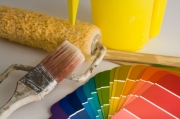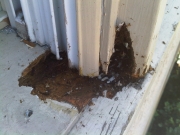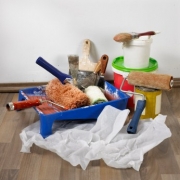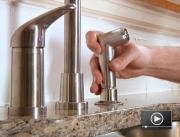Sprinkler System Installation Guide
Okay, the planning's done, you've bought all the parts, now you're in the yard, shovel in hand, ready to start. In this helpful video, we'll show you the steps to a perfect sprinkler system installation, including trenching, connecting the water source, installing shut-off valves, working with PVC pipe, building a valve manifold, connecting wires, installing sprinklers and flushing your system.
